Breaking the Surface
Thirteen years after blue giants first dazzled theaters, Avatar: The Way of Water transports us from forests to the sea—but Cameron insists this isn't just terrain change. It's emotional geography, a mythic rebirth. “The key… is to get you on the side of the characters so you actually care about what happens next,” he told Entertainment Weekly—calling this chapter one big contiguous saga in a TV‑like epic where each film has its own finale.
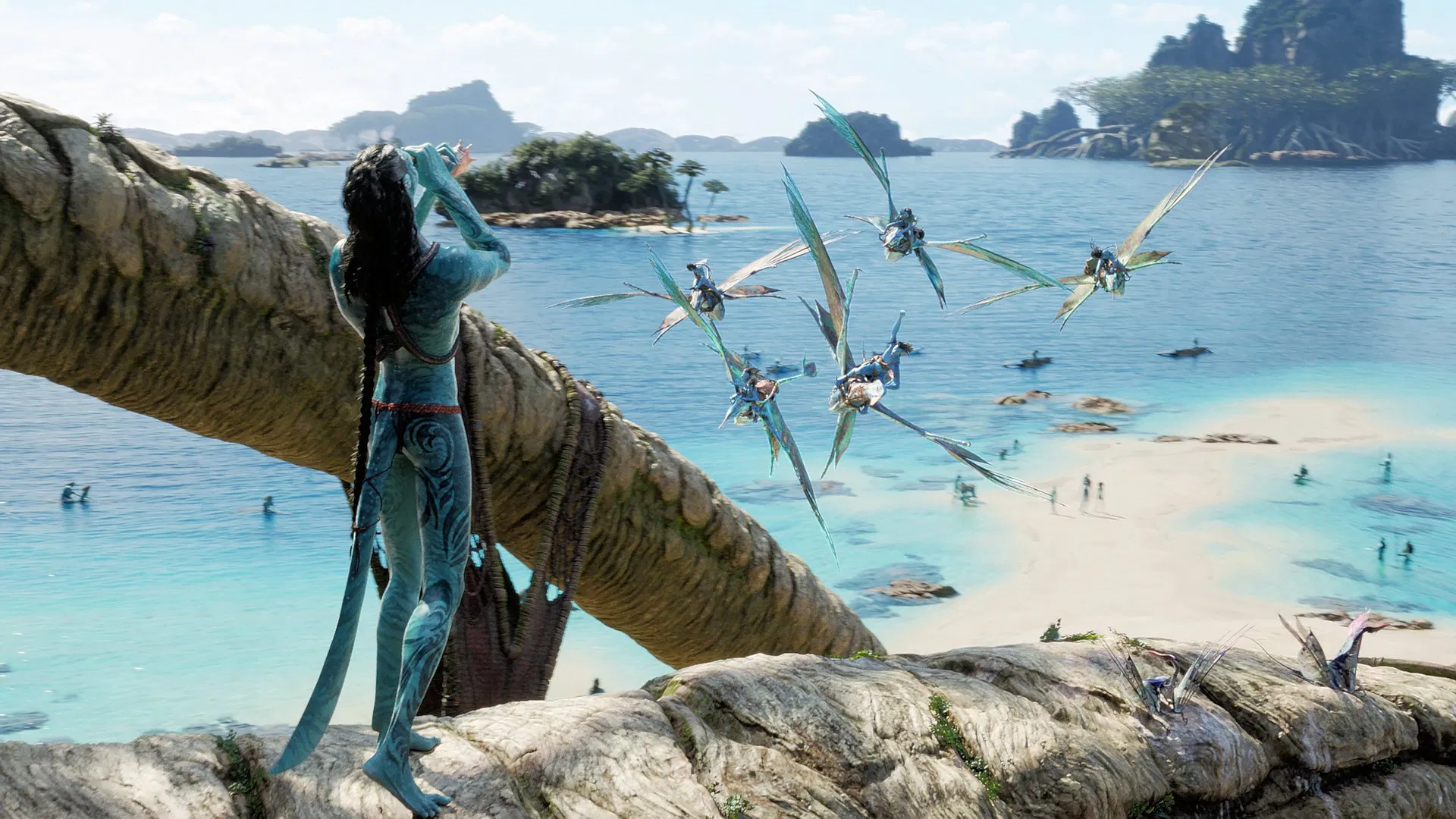
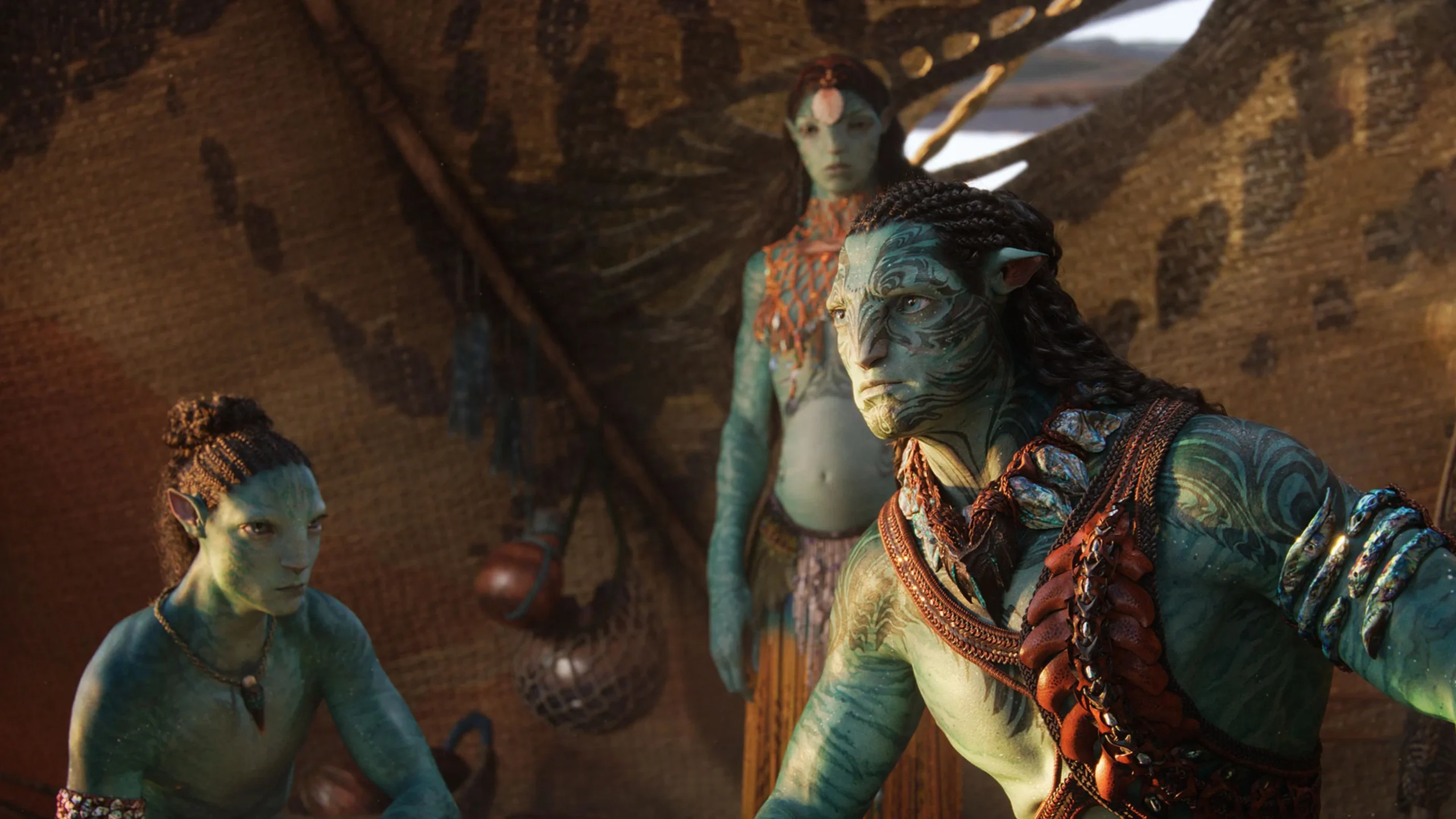
Pandora, Reimagined in Blue
Jake Sully, Neytiri, and their brood—Neteyam, Lo'ak, Tuk, and adopted human Spider—seek refuge among the Metkayina, ocean‑born Na'vi led by Tonowari (Cliff Curtis) and spiritual Tsahìk Ronal (Kate Winslet) The Ringer. In place of banshees and bioluminescent canopy, we find wave‑skimming “skimwings,” hulking tulkun whales, and coral reef cities that breathe. Cameron used the sea not as escapism—but as a living mirror, as a spiritual ecosystem where everything connects.
Where Myth Meets Motion Capture
Underwater mocap sequences were filmed wet‑for‑wet—means actors actually swam in water. Cameron built a ginormous tank at Manhattan Beach Studios and held everyone underwater—actors, camera crew, lighting, even safety divers—for breath‑hold performance capture to eliminate bubbles. “It looks real because the motion was real,” he says The Walt Disney Company. That wasn't just metaphoric; Kate Winslet broke Tom Cruise's record by holding her breath 7 minutes and 14 seconds underwater for a scene—an unbroken record on a major film.
Inside the “volume,” over 200 freedivers worked per shot. Data from an air volume and water volume—literally separated by one inch—merged in real time. Cameron could see digital Na'vi moving onscreen and direct them via a Virtual Camera that breaks the glass-wall divide between actor and created world The Walt Disney Company. It was a story told through saturated LED colors and algorithmic water droplets—but carried by the true sweat and stillness of freedivers themselves.
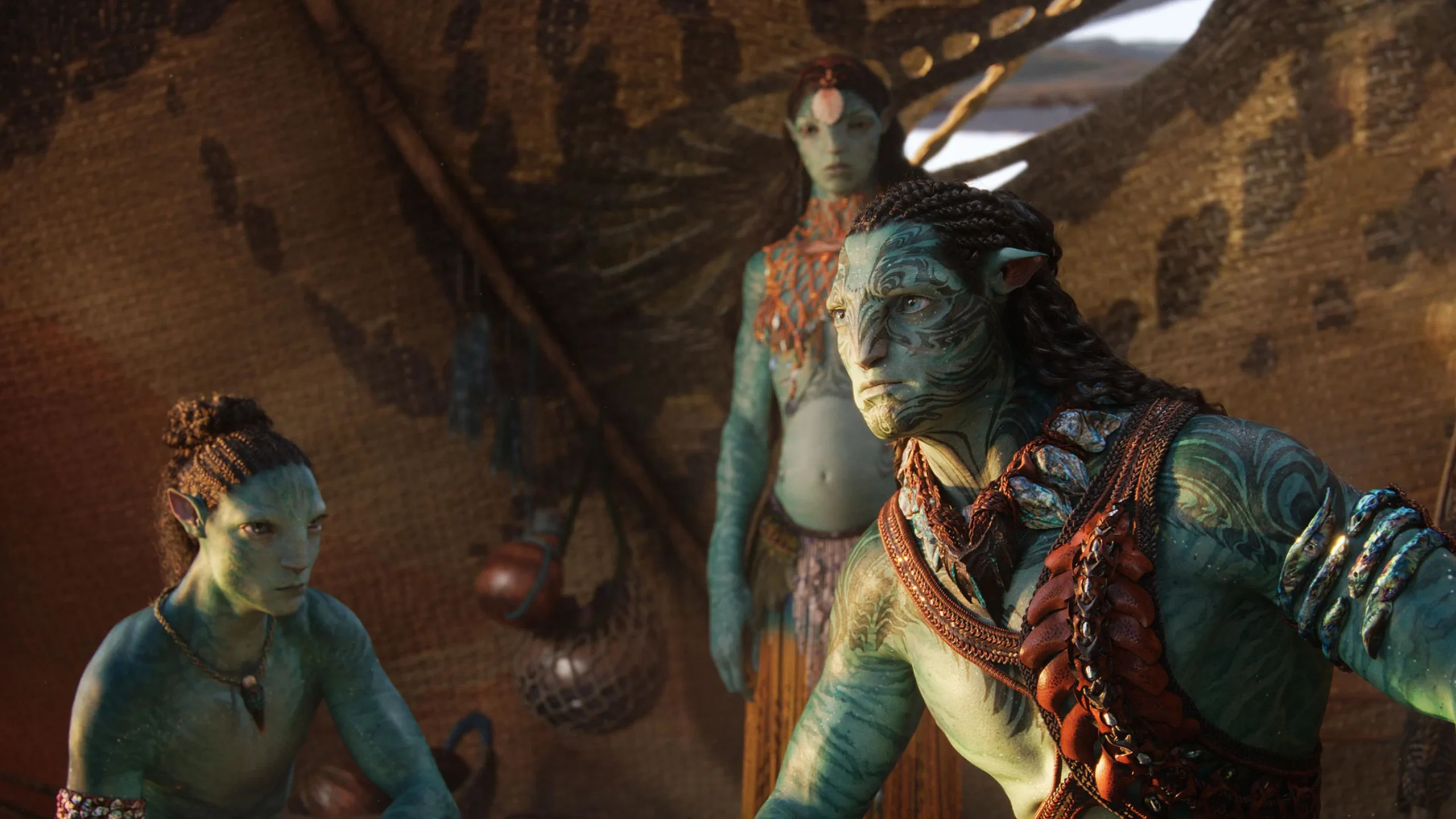
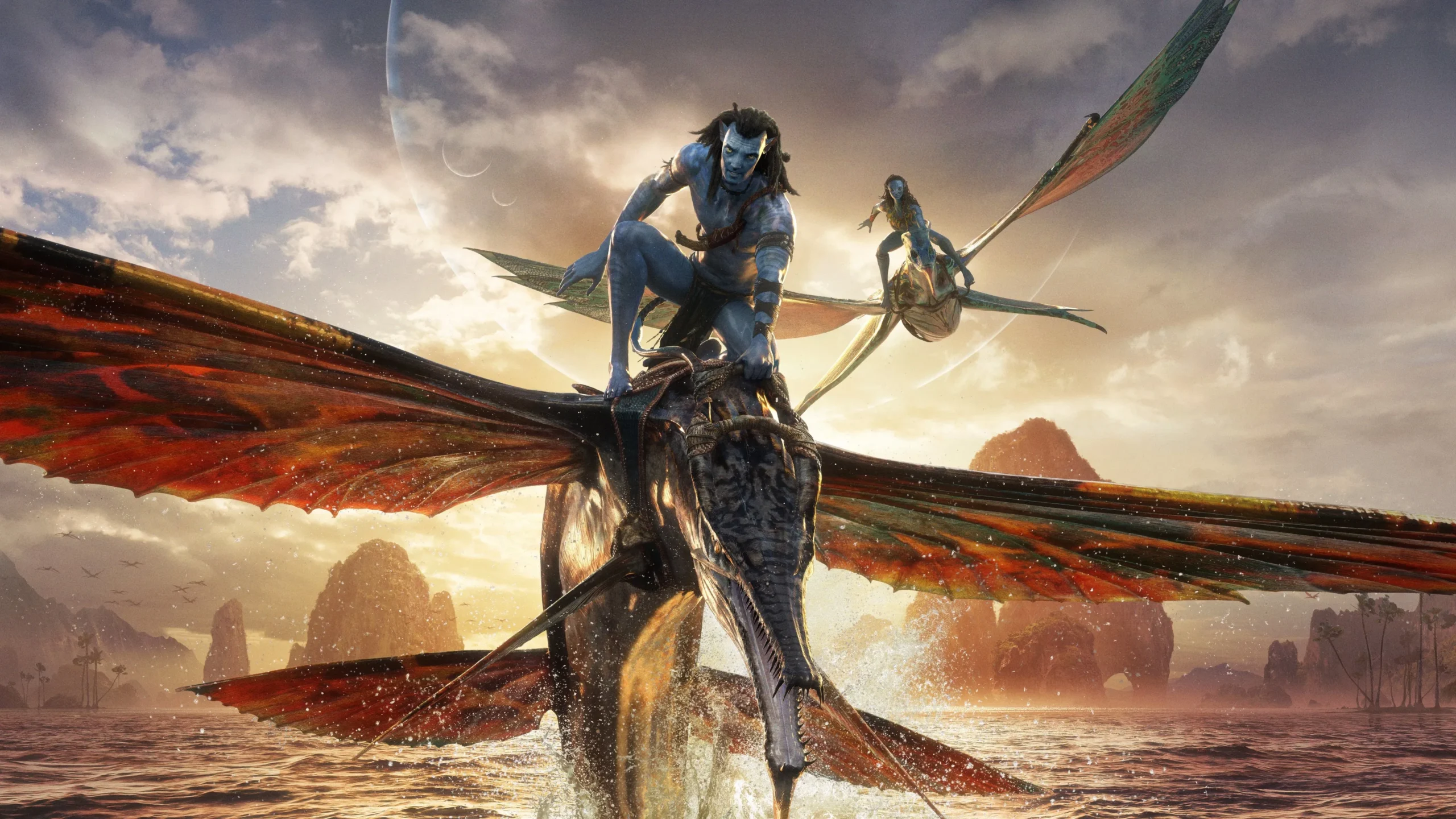
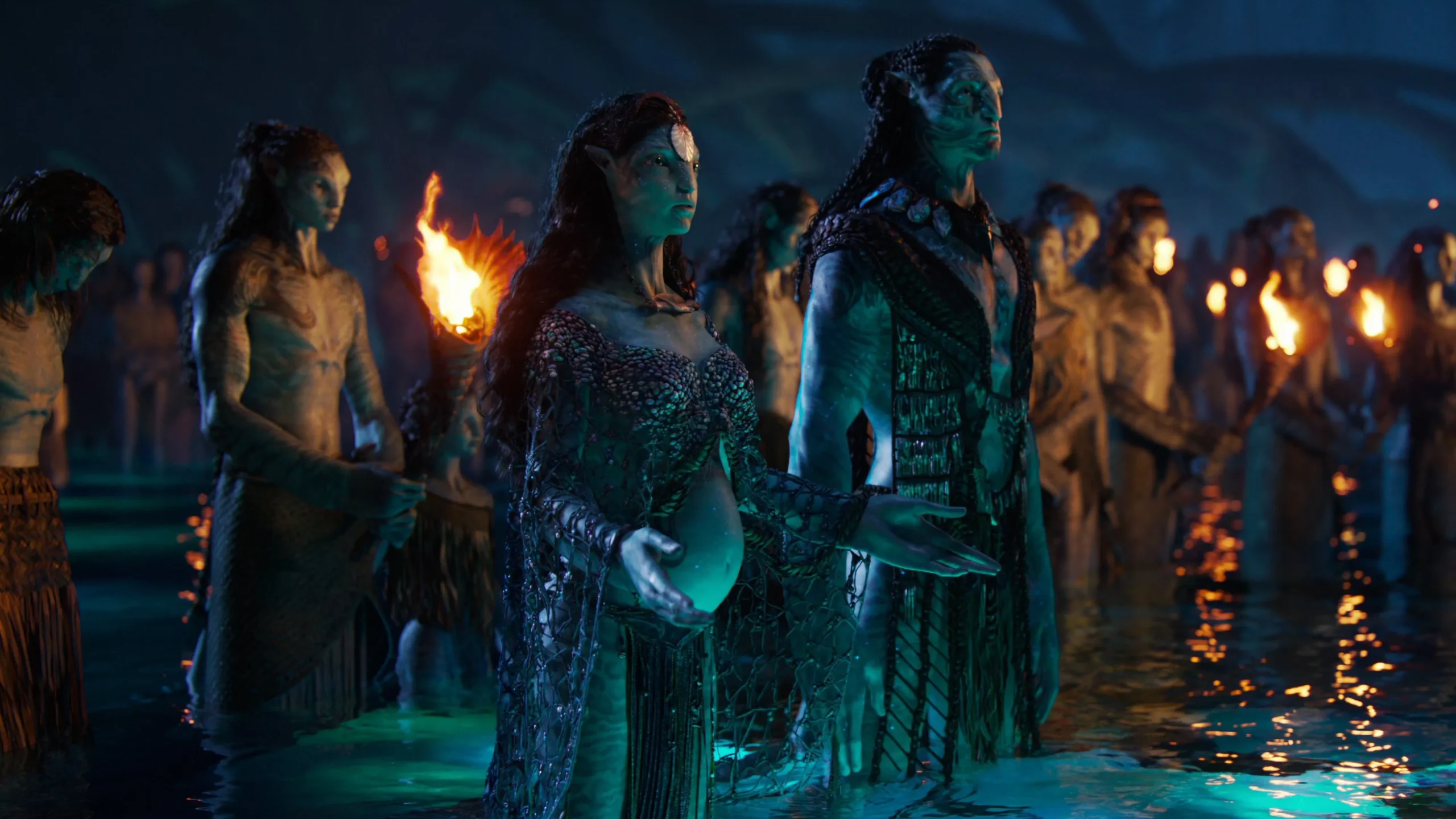
Kiri, the Ocean's Daughter
Sigourney Weaver returns as Kiri, the Sully's adopted daughter, born of Grace's avatar. Cameron calls her “a true sensitive”—emotionally adrift until she leaps into Pandora's seas, transforming within 3 minutes from anxious to radiant joy. That moment wasn't just CGI—it was a birth of character captured in motion in water and spirit.
Themes—From Trauma to Restoration
Right from Omaticaya's sacred forests, the story of Pandora becomes a morality tale about environmental stewardship. According to one critic, “humanity hasn't learned its lessons… now they hunt the tulkun” like whales—valued not for power, but spirituality and flesh-soothing neurofluid sheaths (“relaqua”).
Cameron himself said:
“In the Avatar films… thematically underneath all that is the idea of the interconnectedness not only of nature with itself, but of us with nature, as inhabitants, as indigenous members of nature.”
“Bubble simulations… it's a frick‑ing nightmare… if it looks real, it's fine,” he laughs—“because audience gives you zero credit.” The Ringer
Parenthood reshapes Jake's moral compass; teenage grief fractures the Sullys; institutional trauma returns in a Na'vi‑bodied Colonel Quaritch. This isn't just war—it's a family saga riding tidal waves of loss and renewal.
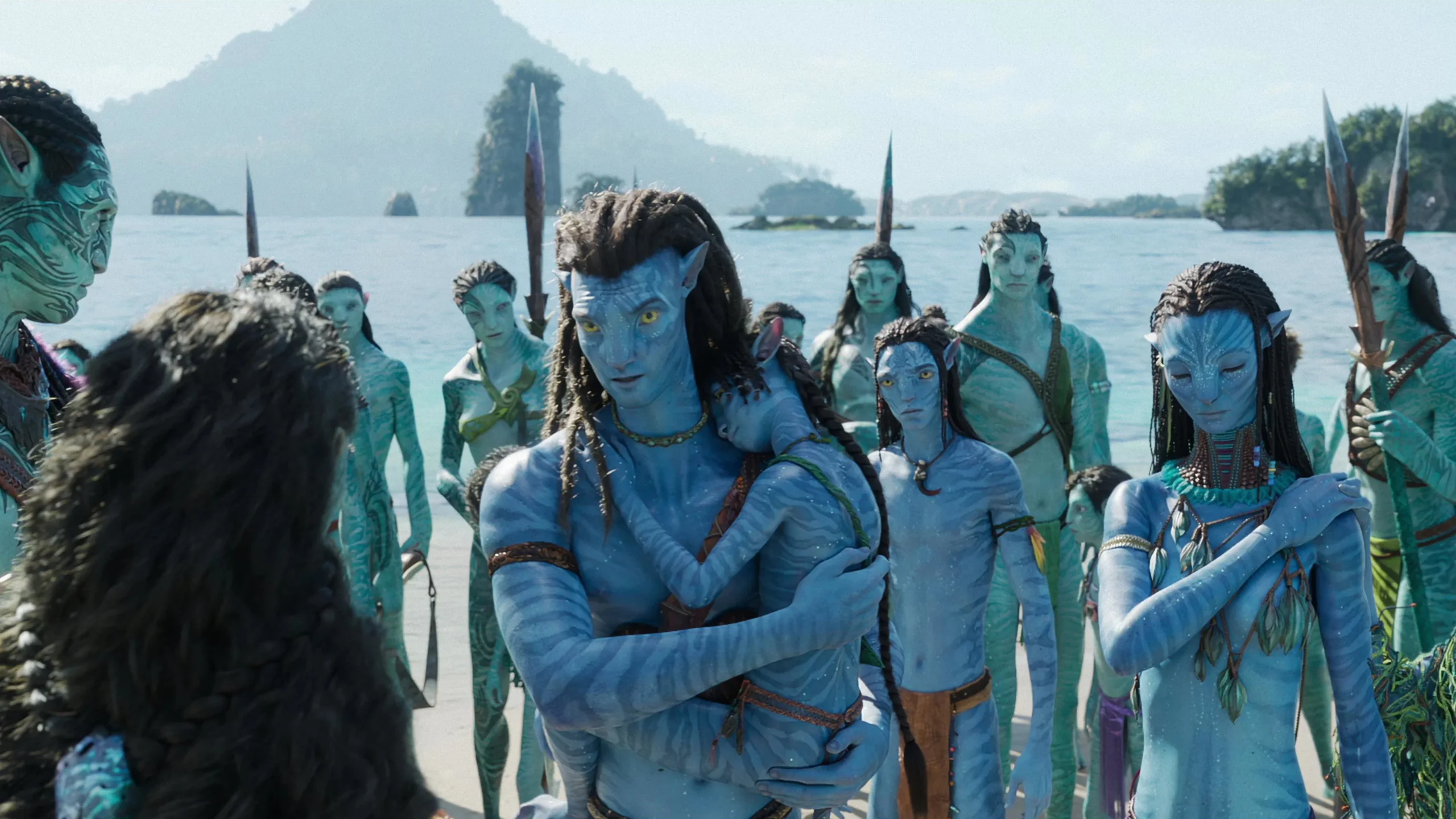
Box Office & Legacy
Released December 16, 2022, the film opened at $134 million domestically, crossed $1 billion in just two weeks, and eventually grossed around $2.3 billion—rising above Titanic to become the fourth‑highest‑grossing film ever at the time of publication.
Its success guaranteed sequels—Avatar 3, 4, and 5—are already in production, though Cameron warns: this was the worst business case ever; it had to be the biggest to break even.
An Invitation for the Reader
This article grounds our journey. Every 3 days, we'll crawl deeper into Pandora's evolving mythology, beginning today.
🔜 Next: “Avatar: Fire and Ash (2025) – Grief, Fire, and Tribal Reckoning”.
Let the wet motion, the turgid grief, and the cold coral tribes stir your imagination—Pandora is alive again.










